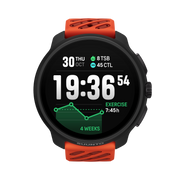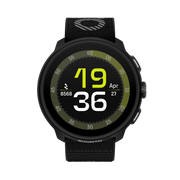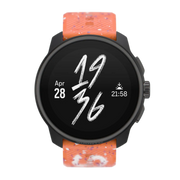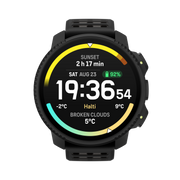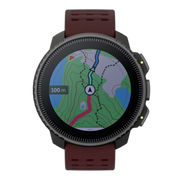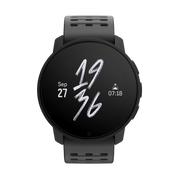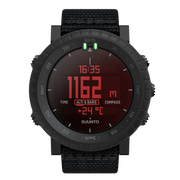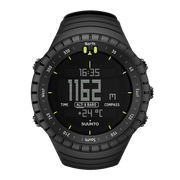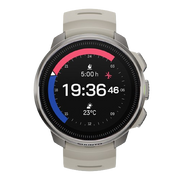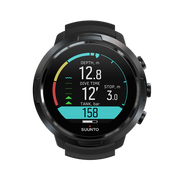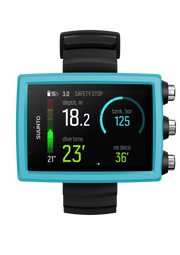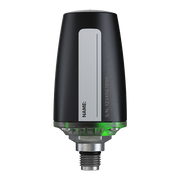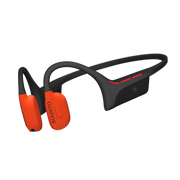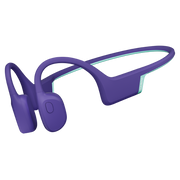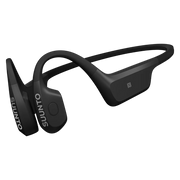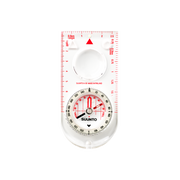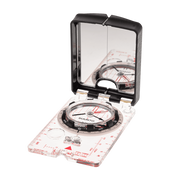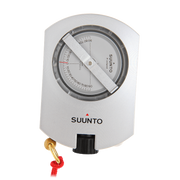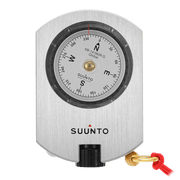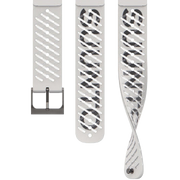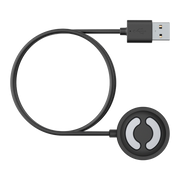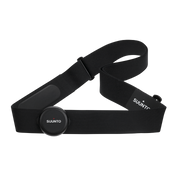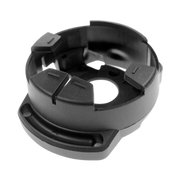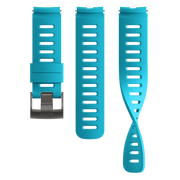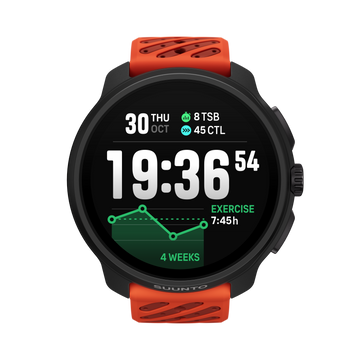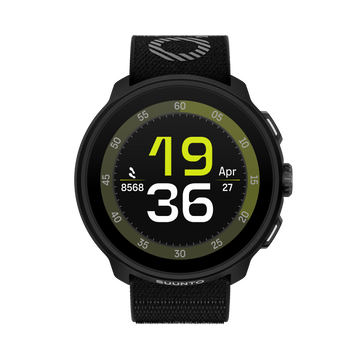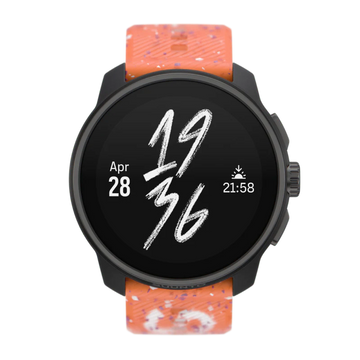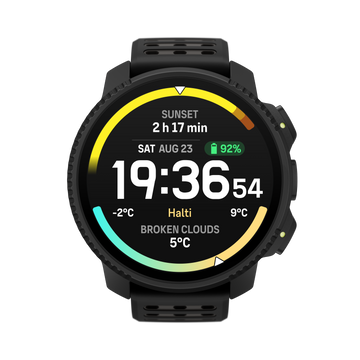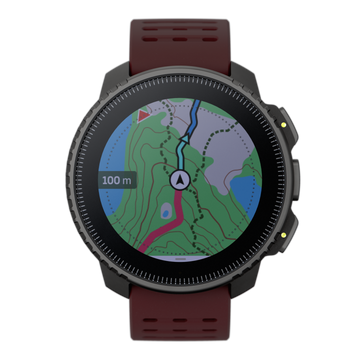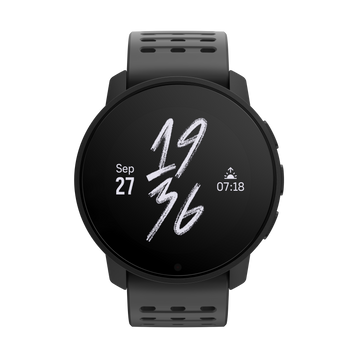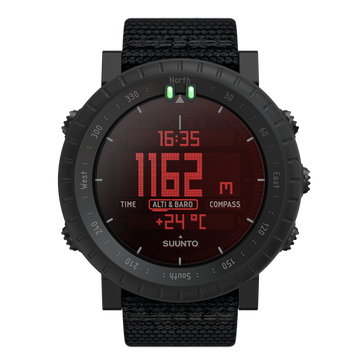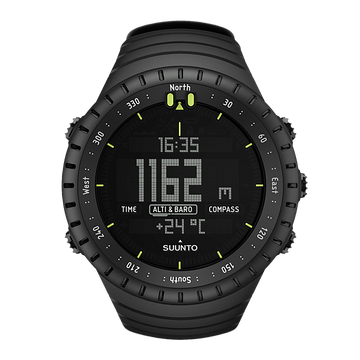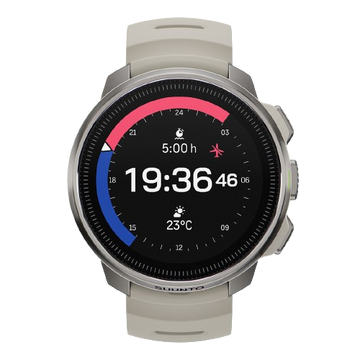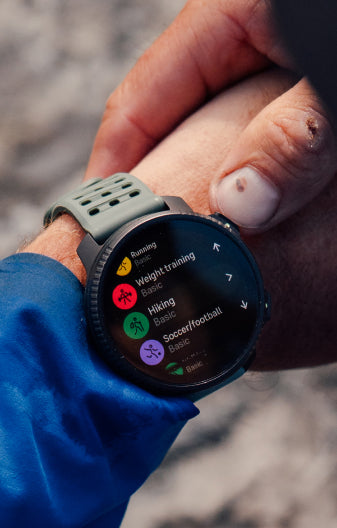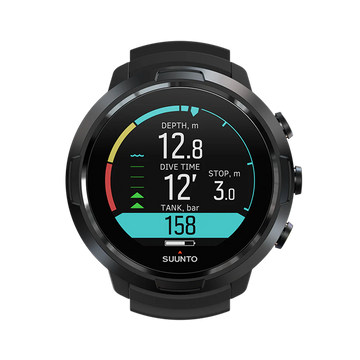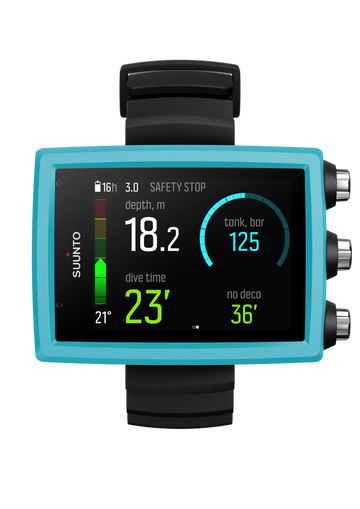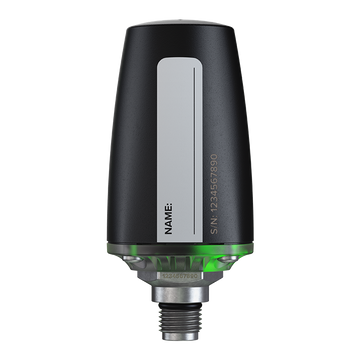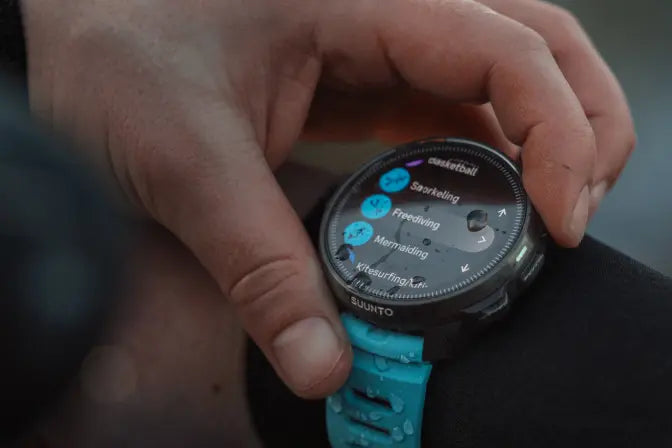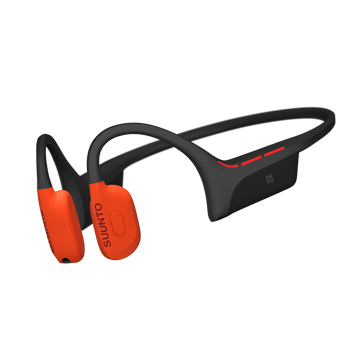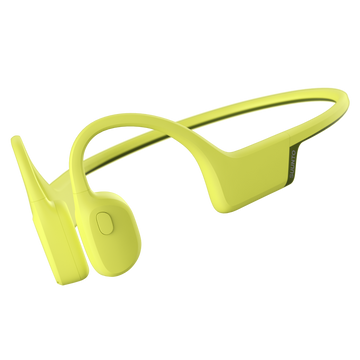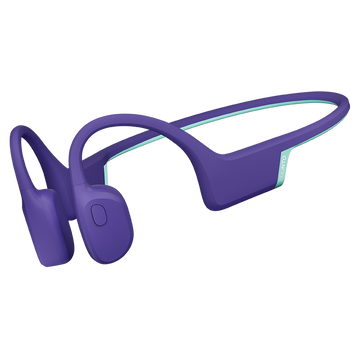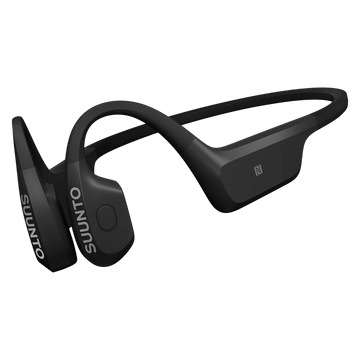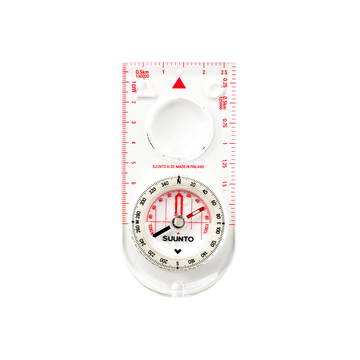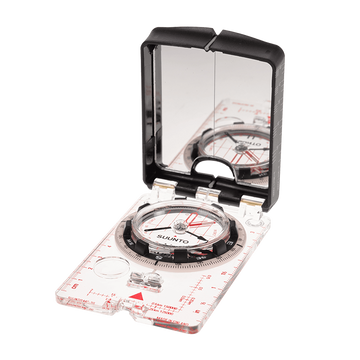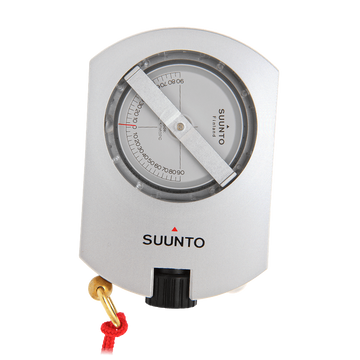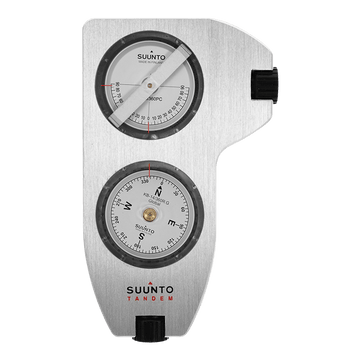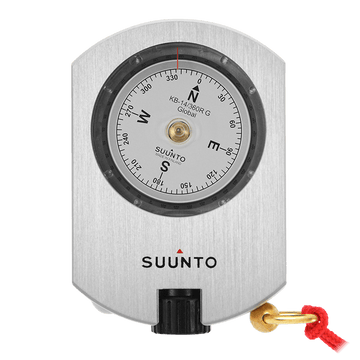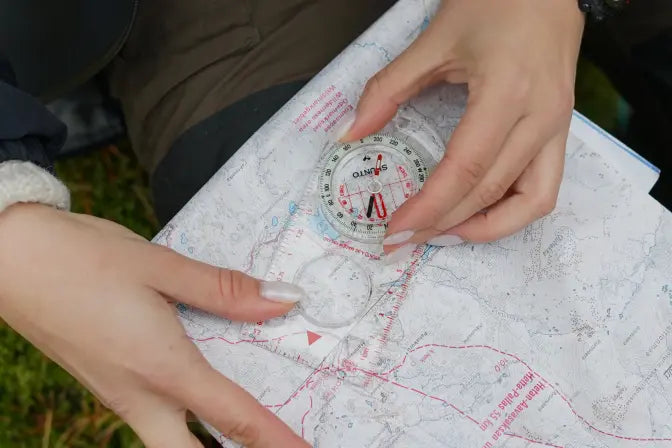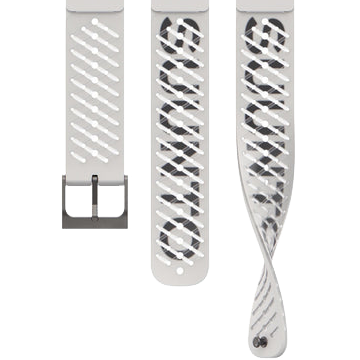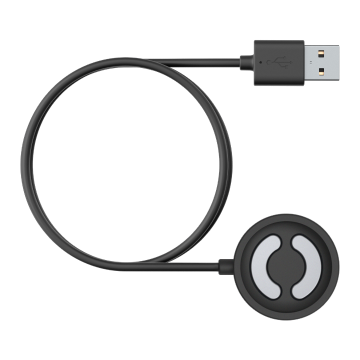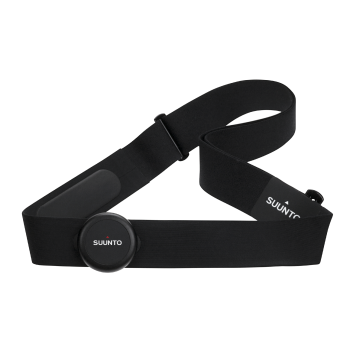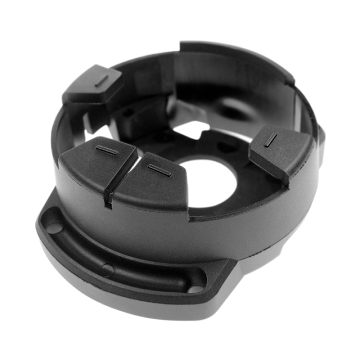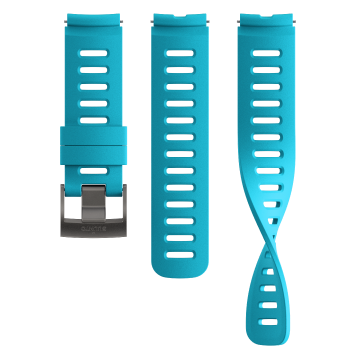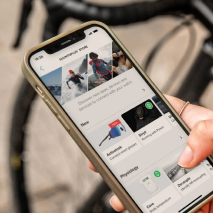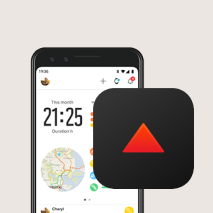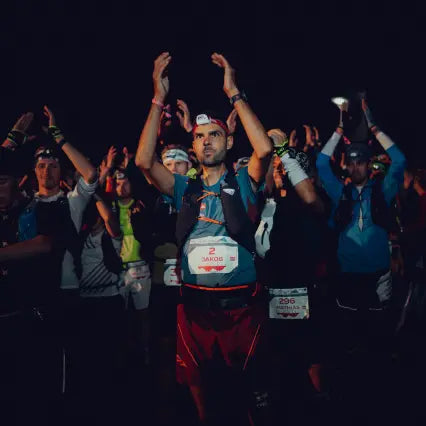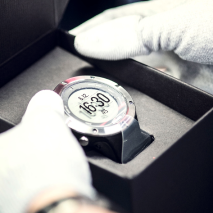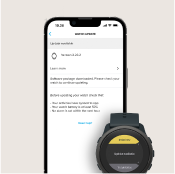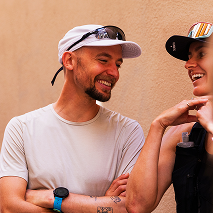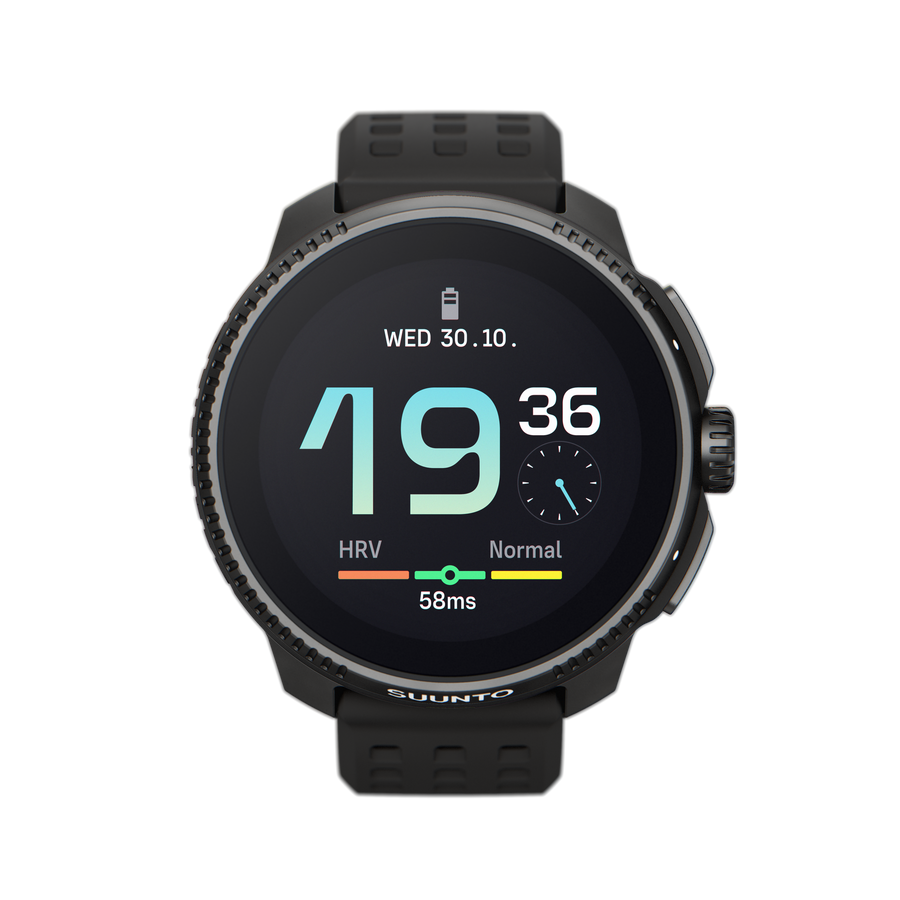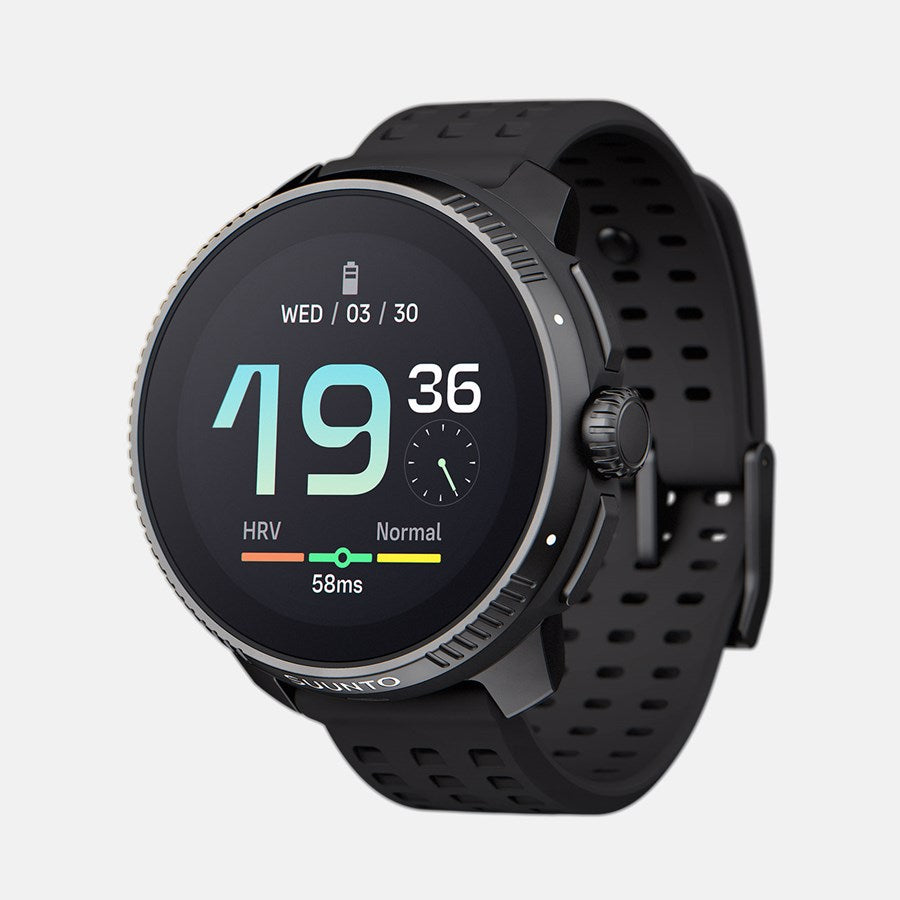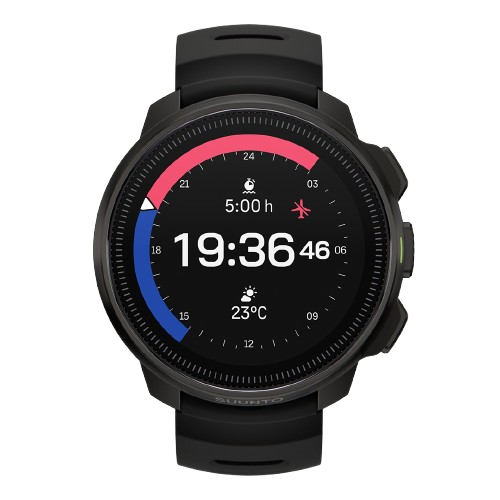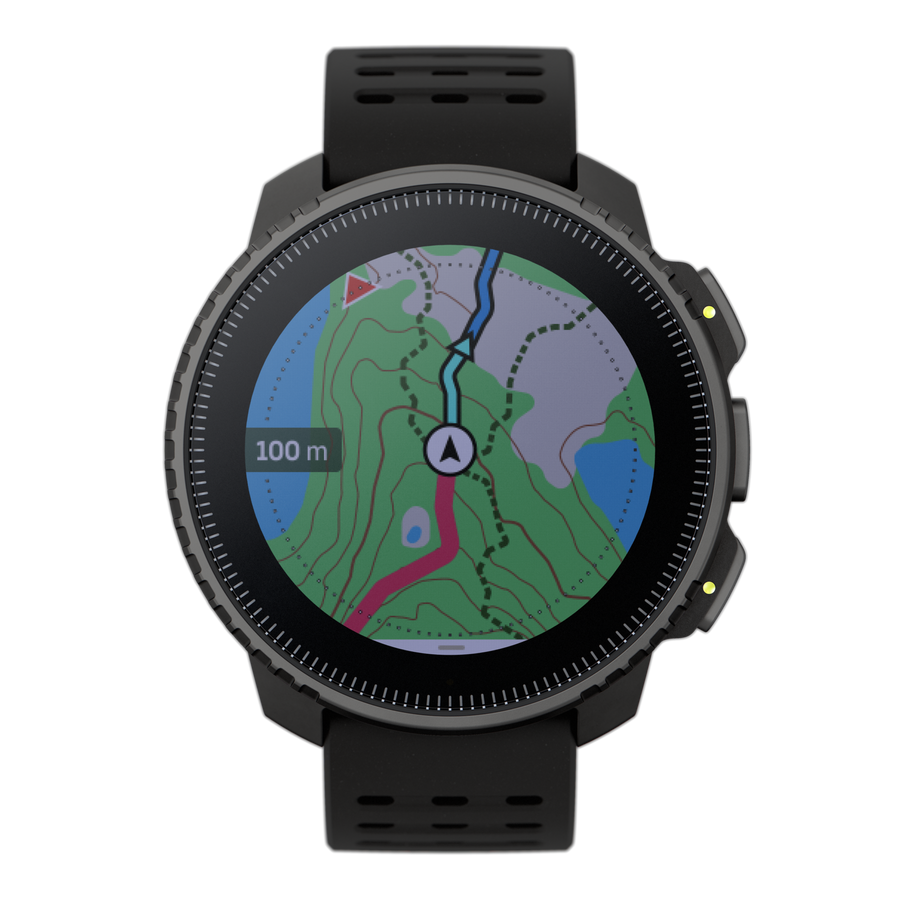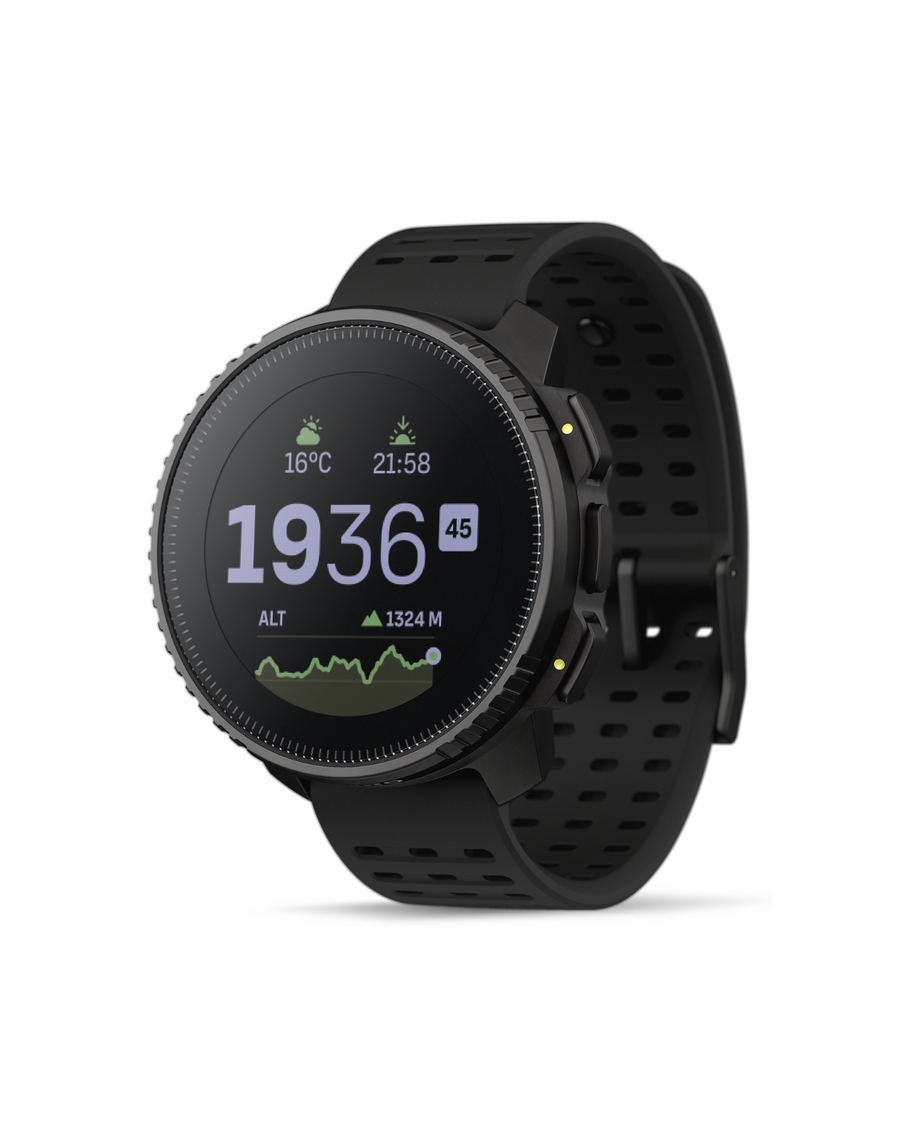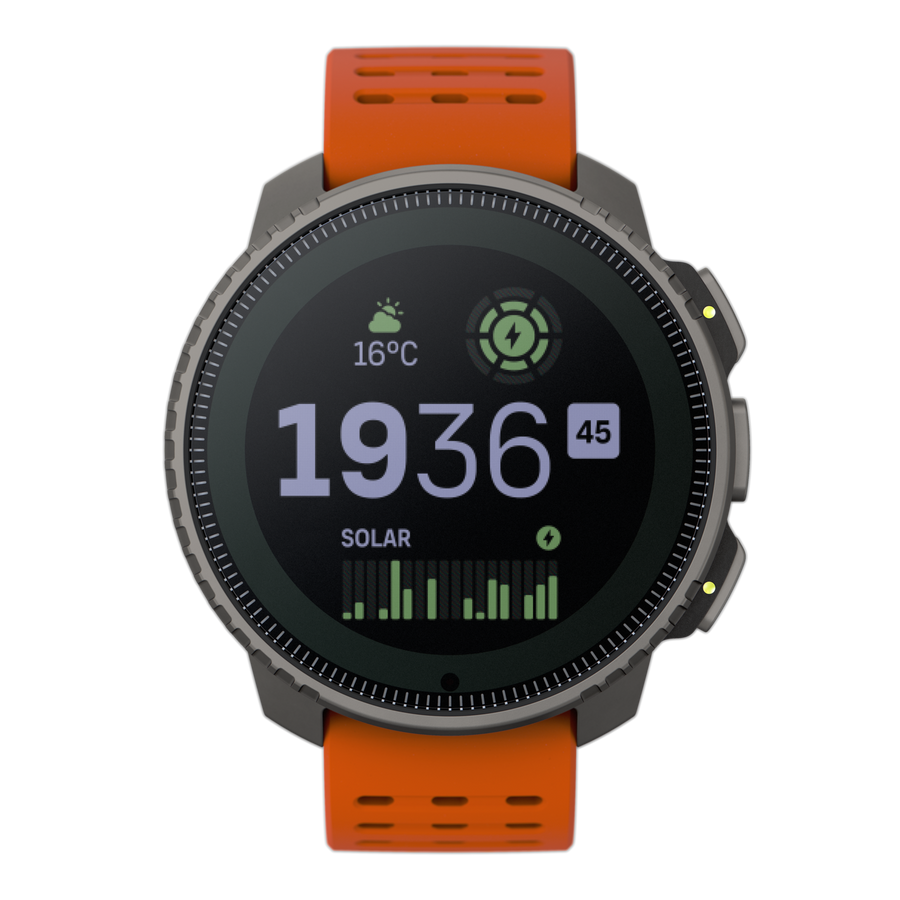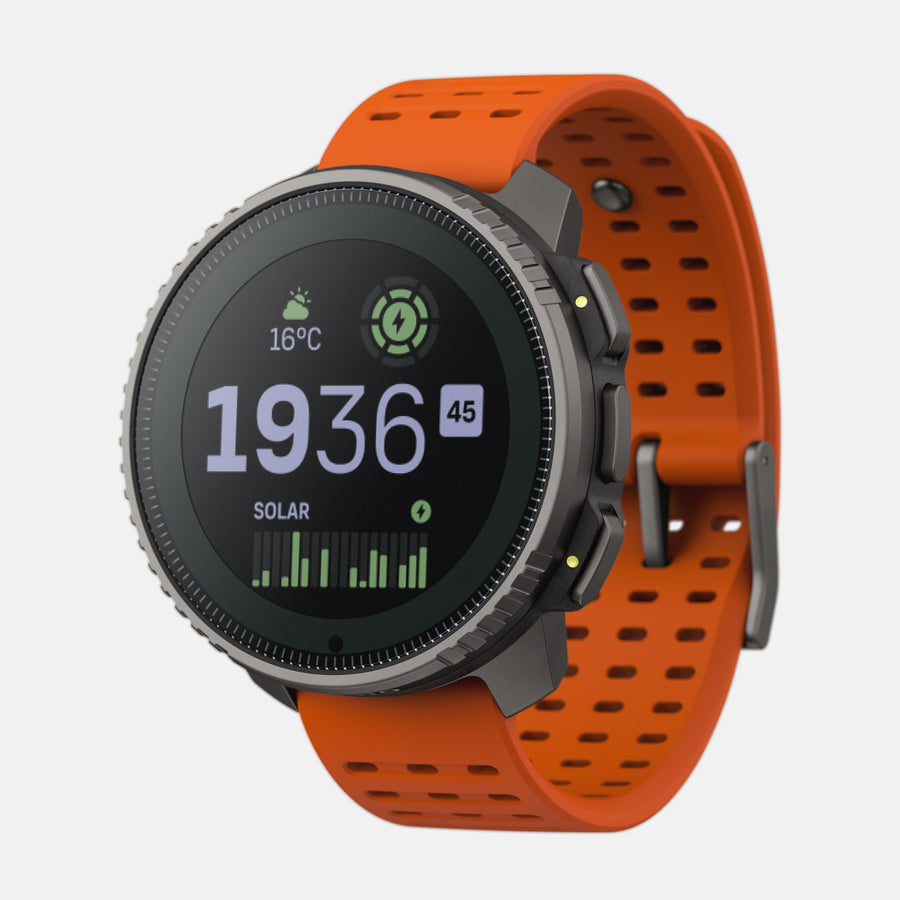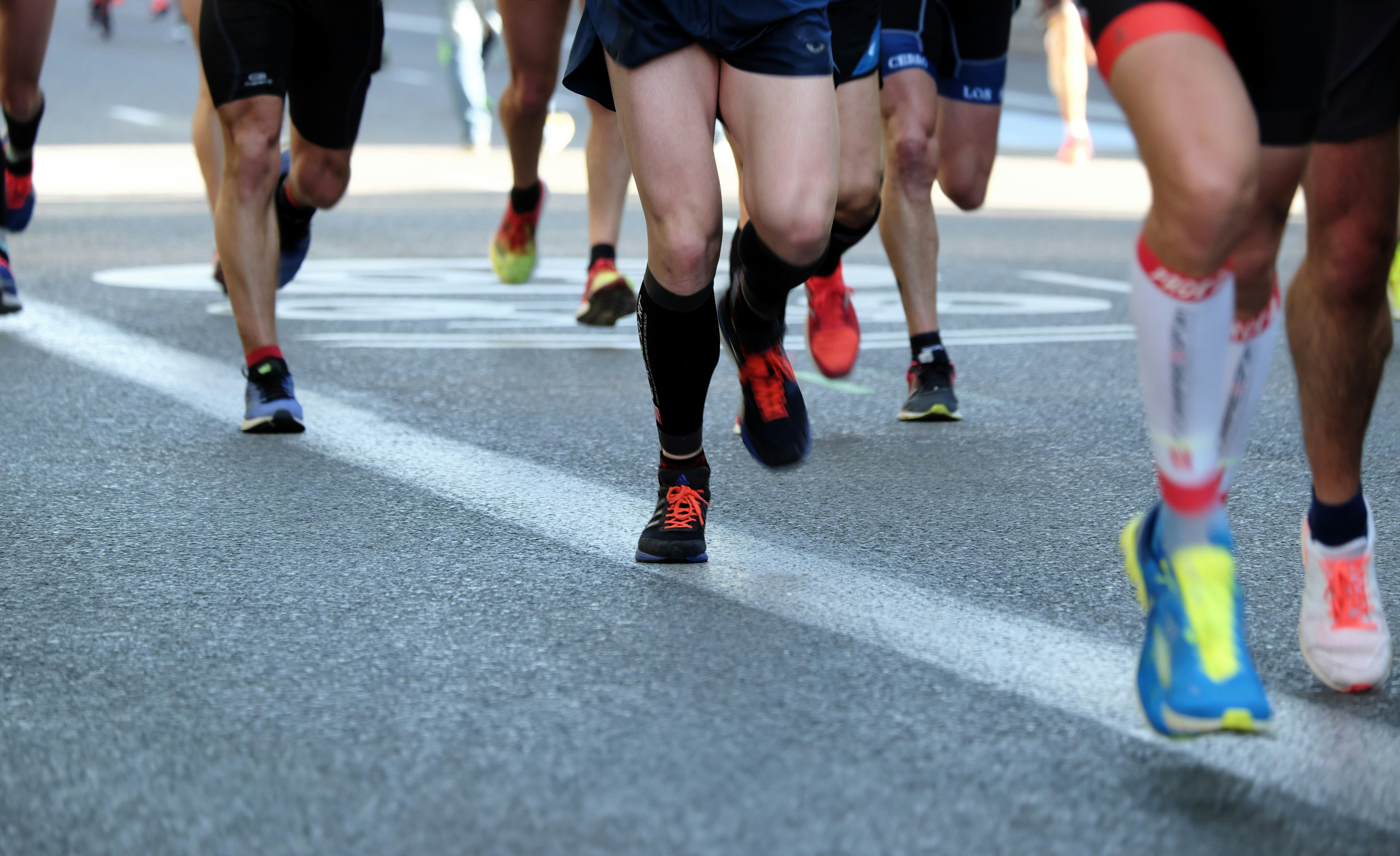You're running the same pace you were six months ago. Sound familiar? Most runners hit this wall because they focus on logging miles instead of training smart. The difference between fast runners and everyone else? They train their bodies to move efficiently at higher speeds — not just farther distances.
We'll show you exactly how to break through your speed plateau using methods that transform everyday runners into faster athletes.
Here's what you'll learn:
- Why speed matters (beyond just race times)
- The science behind what controls your pace
- Specific workouts and form fixes to run faster
- How to track progress with tools like the Suunto Run sports watch
- Speed myths that are holding you back
Ready to leave your old pace in the dust? Let's make those legs move. Time to build some serious speed.
Part 1. Why Running Speed Matters?
Speed isn't just about winning races or chasing PRs. It's about transforming your entire running experience.
When you run faster, you build stronger bones and tendons. Your body produces more mitochondria — those tiny powerhouses in your cells that generate energy. You develop better neuromuscular coordination, which means your brain and muscles communicate more efficiently. Even at slower paces.
Here's what faster running does for you:
- Burns more calories in less time (a 30-minute tempo run torches more than a 45-minute jog)
- Strengthens your heart more effectively through higher-intensity cardiovascular stress
- Reduces injury risk by improving running economy and form
- Makes easy runs feel easier because your body adapts to harder efforts
- Builds type II muscle fibers that give you that explosive kick
When you can run a 7-minute mile comfortably, an 8-minute pace feels like a breeze. You're not just getting faster — you're expanding your entire performance range. Speed work also triggers EPOC (excess post-exercise oxygen consumption). Your body keeps burning calories at an elevated rate for hours after your workout ends. More results, less time pounding pavement.

Part 2. What Affects Running Speed?
Your running speed boils down to a simple equation: stride length × stride frequency = speed. But what controls these two factors? More than you might think.
VO2 max determines how much oxygen your muscles can use. Elite runners process about 70-80 ml/kg/min, while recreational runners hover around 35-45. The good news? You can boost yours by 15-20% with proper training.
Lactate threshold is your speed limit before lactic acid floods your muscles. It's that burning sensation that forces you to slow down. Most runners hit this wall at 80-85% of their max heart rate.
Running economy measures how efficiently you use oxygen at a given pace. Two runners with identical VO2 max levels can have wildly different speeds. Why? One wastes less energy through better form and biomechanics.
Other speed factors include:
- Muscle fiber composition (fast-twitch vs. slow-twitch ratio)
- Body weight and power-to-weight ratio
- Flexibility and mobility in the hips and ankles
- Core strength for maintaining form
- Mental toughness when discomfort kicks in
Part 3. How Can I Get Faster at Running?
Let's get straight to all the tips to run faster.
1. Interval Training
Run hard for short bursts, then recover. Start with 6 × 400m at 5K pace with 90-second recovery jogs.
Week by week, either add more reps or cut recovery time by 15 seconds. Never both at once. Track workouts should leave you tired but not destroyed.
2. Tempo Runs
Hold a "comfortably hard" pace for 20-40 minutes. You should be able to speak in short sentences — not full conversations.
Find your tempo pace by adding 25-30 seconds per mile to your 5K race pace. Do these once weekly, preferably midweek when you're fresh.
3. Hill Sprints
Find a 6-8% grade hill. Sprint up for 10-12 seconds at 95% effort. Walk back down for full recovery.
Start with 4 reps, add one rep weekly until you hit 8-10. These build power without the joint stress of flat sprints.
4. Fartlek Training
Swedish for "speed play" — mix fast and slow running however you want. Try this: During a 30-minute run, surge hard for 30 seconds every 3 minutes.
Or use landmarks: sprint to the next mailbox, jog to the stop sign, repeat. Keep it unstructured and fun.

5. Running Form Improvement
- Cadence: Aim for 170-180 steps per minute. Count your right foot strikes for 30 seconds and multiply by 4
- Posture: Lean slightly forward from the ankles, not the waist
- Foot strike: Land under your hips, not out front
- Arms: Elbows at 90°, hands relaxed, drive backward, not across your body
Film yourself from the side. Most form issues become obvious immediately.
6. Strength Training
Focus on explosive movements twice weekly:
- Box jumps (3 sets of 8)
- Single-leg deadlifts (3 sets of 12 each)
- Bulgarian split squats (3 sets of 10 each)
- Plank variations (3 × 45-60 seconds)
Power comes from your glutes and core, not just your legs. Strong muscles = faster turnover.
7. Plyometrics
Add these after easy runs:
- Bounding: Exaggerated running for 30 meters
- High knees: 3 × 20 seconds
- Butt kicks: 3 × 20 seconds
- A-skips: Focus on driving knee up, 3 × 30 meters
Start with once weekly, build to twice. Your nervous system needs time to adapt.
Part 4. How to Track Progress and Stay Motivated?
You can't improve what you don't measure. Period. Tracking your runs transforms vague feelings of "getting faster" into concrete proof of progress.
Key Metrics to Monitor:
- Average pace per mile/km for different run types
- Heart rate zones during intervals vs. easy runs
- Weekly mileage (increase by 10% max per week)
- Interval splits — are they getting faster or more consistent?
- Recovery heart rate — how quickly you bounce back post-workout
Using the Suunto Run Sports Watch
The Suunto Run sports watch packs serious tracking power into just 36 grams — so light you'll forget it's there. At only $249, it's built specifically for runners who want data without the bulk.
What makes it perfect for speed training:
- Ghost Runner feature lets you race against your past performances
- Interval workout modes for structured speed sessions
- Dual-band GPS tracks your exact pace (no more "my watch says 7:15 but it felt like 6:45")
- 20-hour battery during training — enough for ultra distances
- Training Stress Score (TSS) tells you when to push and when to recover
The watch syncs with the Suunto app for deeper analysis. You'll see trends, identify weaknesses, and know exactly when you're ready for harder efforts. Plus, it monitors sleep and recovery — crucial for speed gains.
Pro tip: Use the music controls during tempo runs. Nothing kills momentum like fumbling with your phone mid-workout.
Staying Motivated When Progress Slows
Speed improvements aren't linear. You'll crush it for weeks, then plateau. That's normal.
Beat the motivation dip:
- Set process goals, not just outcome goals ("I'll do intervals weekly" vs. "I'll run a 6-minute mile")
- Find a faster running partner once weekly — you'll push harder
- Sign up for a 5K every 6-8 weeks to test your fitness
- Track effort, not just pace (some days, 7:30 pace at 140 bpm is a win)
- Celebrate small victories — shaving 5 seconds off your tempo pace matters
Remember: Every fast runner started exactly where you are.
Part 5. Common Misconceptions About Getting Faster
Here's the list of the most common misconceptions about getting faster:
1. "More Miles = More Speed"
Wrong. Running 50 slow miles weekly won't make you faster than running 30 miles with structured speed work. Quality beats quantity every time.
Studies show runners who replace just 20% of easy miles with intervals see bigger speed gains than high-mileage runners.
2. "Speed Work Should Leave You Wrecked"
If you're crawling to your car post-workout, you went too hard. Speed sessions should feel challenging but controlled. You should finish knowing you had one more rep in the tank.
Destroying yourself leads to overtraining, not adaptation.
3. "You Need Perfect Genetics"
Sure, elite marathoners have genetic advantages. But you? You're competing against your previous self, not Kipchoge.
Most recreational runners can drop their 5K time by 2-3 minutes through proper training. That's genetics-proof improvement.
4. "Stretching Makes You Faster"
Static stretching before runs actually decreases power output by up to 8%. Save those long holds for after your run.
Dynamic warmups — leg swings, high knees, butt kicks — prep your muscles for speed. Movement beats stretching.
5. "You Should Run Through Pain"
"No pain, no gain" is terrible advice for runners. Sharp pain, pain that worsens during runs, or pain lasting over 72 hours? Stop and address it.
The fastest way to lose speed? Getting injured and spending six weeks on the couch.
6. "Breathing Patterns Are Critical"
Forget counting breaths. Your body knows how to breathe. Focus on relaxed shoulders and good posture — oxygen delivery handles itself.
The only breathing rule? If you're gasping during easy runs, slow down.
Ready to Track Your Speed Journey With Suunto Run?
Getting faster isn't about grinding endless miles or complicated training plans. It's about training smart, measuring progress, and giving your body time to adapt. You now have everything you need to break through that speed plateau.
Your next PR is waiting. Whether you're chasing a sub-20 5K or just want to feel less winded on morning runs, consistent speed work will get you there. Start with one interval session weekly, build gradually, and watch those minutes drop off your times. Fast is learnable.
